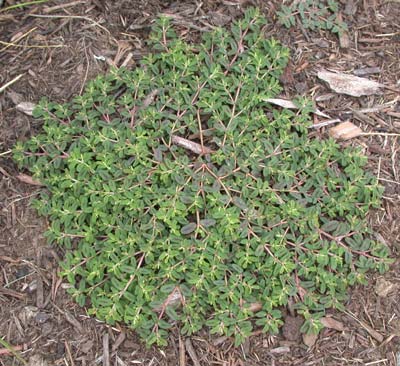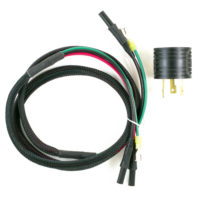Summer Weed Control
With consistent rain and mild temperatures, spring typically permits easy lawn care. Weed control is pretty straight forward during this growing season. As temperatures soar, the weak points in your lawn emerge. Be on the lookout for warm season weeds and follow some simple steps to promote a healthy lawn.
2 Common and Dangerous Summer Weeds
Identifying species of weeds in your lawn helps with treatment and future prevention.
Annual bluegrass
While this weed appears in the spring, it may blend in with the rest of your grass. If you note a brown-out of the lawn, especially in compacted, infertile soils, this weed is probably the culprit. This light green plant quickly disperses seeds. So, rake these areas before mowing and bag to prevent the spread of seeds. The easiest way to prevent and control this weed is aeration and seeding in the fall and spring.


Prostrate Spurge
This warm season plant thrives in heat and drought conditions. It grows low to the ground choking nearby grasses. Most deceptive, a long taproot makes eradication difficult. As with all weeds, research the best method of extraction before attacking this weed.


Raise your mower deck
Many professionals argue the emergence of weeds is an indication of an unhealthy lawn. An easy way to protect soil and grass root systems is to cut your grass higher during extreme temperatures and drought conditions. Taller leaves retain moisture and provide shade to the soil surface. Mowing less frequently and reducing foot traffic during the summer months also eases stress on your lawn.
Clean your mower
A clean mower specifically the mowing deck and bag prevents the spread of disease across your lawn.
Clean your lawn
Between kids, pets and summer parties, the lawn can become cluttered with debris. Toys, garden hoses, dog waste and other hazards quickly starves grass leaves of sunlight and air. A quick walk through your grass will keep a healthy root system thriving.
Find weakpoints
High traffic areas, spots near concrete or asphalt and areas without shade always need the most attention during the summer. Mark the areas that struggle during these months and pay extra attention during fall feeding. Providing extra soil, fertilizer and proper seeding will eventually help these trouble spots.


Recent Comments